Descripción
Los cerdos de espuma son dispositivos utilizados en el mantenimiento y limpieza de tuberías. Están diseñados para insertarse en tuberías y ser empujados por el flujo de un fluido, generalmente gas o líquido. Los cerdos de espuma están hechos de material de espuma, generalmente poliuretano, y vienen en varios tipos según sus características y aplicaciones específicas.
Diferentes tipos de cerdos de espuma

1. Cerdo higroscópico de espuma Bi-Di (Modelo: LCQZ-RTH):
– Este cerdo de espuma está hecho de material de poliuretano, formado mediante espuma de una sola vez.
– Tiene una textura suave y buena elasticidad.
– El Cerdo de Espuma Higroscópico Bi-Di exhibe una fuerte absorción de agua, lo que le permite deformarse hasta un 70% de su forma original.
– Es particularmente eficaz para deshidratar, desengrasar y secar tuberías.
– Los parámetros técnicos incluyen una presión inicial de 0,2-0,3 MPa, una densidad que oscila entre 35 kg/m³ y 150 kg/m³, soportando una presión de 7 MPa, una tasa de estiramiento del 320 %, una relación de compresión de 60, una vida flexible de 50 000 veces, el desgaste velocidad de 4 mm/100 km, distancia de funcionamiento de 50 km-150 km y rango de temperatura de funcionamiento de -30 a 100 ℃.
2. Cerdo de espuma desnudo (Modelo: LCQZ-RTN):
– El Bare Foam Pig también tiene una textura suave y buena elasticidad.
– Posee una fuerte absorción de agua, permitiendo una deformación de hasta el 60%.
– Este tipo de raspador de espuma se usa comúnmente para deshidratar, desengrasar y secar tuberías.
– Los parámetros técnicos incluyen una presión inicial de 0,2 MPa, una densidad que oscila entre 35 kg/m³ y 220 kg/m³, soportando una presión de 7 MPa, una tasa de estiramiento del 320 %, una relación de compresión de 60, una vida útil de flexión de 50 000 veces, una tasa de desgaste de 4 mm/100 km, distancia de funcionamiento de 50 km a 150 km y rango de temperatura de funcionamiento de -30 a 100 ℃.
3. Polly Foam Pig (Modelo: LCQZ-RTR):
– El Polly Foam Pig está fabricado con material de poliuretano en el interior y un revestimiento de elastómero de poliuretano en la superficie.
– Ofrece buena flexibilidad y resistencia al desgaste.
– La cantidad de deformación de este cerdo de espuma puede alcanzar el 50%, lo que lo hace ampliamente utilizado.
– Sus principales aplicaciones incluyen el lavado, desincrustación y aislamiento de fluidos en tuberías.
– Los parámetros técnicos incluyen una presión inicial de 0,02 MPa, una densidad que oscila entre 35 kg/m³ y 220 kg/m³, soportando una presión de 7 MPa, una tasa de estiramiento del 320 %, una relación de compresión de 50, una vida útil de flexión de 50 000 veces, una tasa de desgaste de 2 mm/100 km, distancia de funcionamiento de 100 km a 300 km y rango de temperatura de funcionamiento de -30 a 100 ℃.
4. Cerdo de espuma Criss Cross con mesa de cepillo (Modelo: LCQZ-RTCB):
– Este cerdo de espuma está hecho de material de poliuretano en el interior y recubierto con una capa de elastómero en la superficie.
– Lleva adherido un cepillo de alambre en espiral.
– Con una deformación de hasta el 40%, es elástico y no se cae fácilmente.
– El limpiador de espuma Criss Cross con mesa de cepillo se utiliza principalmente para eliminar incrustaciones duras de las tuberías, lo que proporciona mejores efectos de descontaminación y eliminación de óxido.
– Los parámetros técnicos incluyen una presión inicial de 0,2-0,3 MPa, densidad que oscila entre 35 kg/m³ y 220 kg/m
- El Cerdo de Espuma Criss Cross con Mesa de Cepillo (Modelo: LCQZ-RTCB) tiene una densidad que va desde 35kg/m³ hasta 220kg/m³, soporta una presión de 7MPa, una tasa de estiramiento del 320%, una relación de compresión de 50, un vida útil flexible de 50.000 veces, una tasa de desgaste de 2 mm/100 km, una distancia de funcionamiento de 100 km a 300 km y un rango de temperatura de funcionamiento de -30 a 100 ℃.
5. Cerdo de espuma Criss Cross (Modelo: LCQZ-RTCC):
– El Criss Cross Foam Pig está hecho de material de poliuretano en el interior y recubierto con un elastómero de poliuretano de bloque prismático en la superficie.
– Presenta una alta dureza superficial y un gran coeficiente de fricción.
– Este cerdo de espuma se caracteriza por su gran elasticidad y dureza.
– Se utiliza comúnmente para la limpieza de tuberías, eliminación de impurezas y realización de procedimientos de limpieza.
– Los parámetros técnicos de este raspador de espuma incluyen una presión inicial de 0,2-0,3 MPa, una densidad que oscila entre 35 kg/m³ y 220 kg/m³, soporta una presión de 7 MPa, una tasa de estiramiento del 320 %, una relación de compresión de 50, una vida útil de 50 000 veces, la tasa de desgaste de 2 mm/100 km, la distancia operativa de 100 km a 300 km y un rango de temperatura de funcionamiento de -30 a 100 ℃.
Estas son las descripciones ampliadas de los diferentes tipos de cerdos de espuma que mencionó, incluidos sus modelos, rendimiento y parámetros técnicos. Los raspadores de espuma son herramientas versátiles que se utilizan en diversas tareas de mantenimiento de tuberías y ofrecen diferentes características para satisfacer necesidades específicas de limpieza, deshidratación, desengrase y secado.
Contenidos clave de la tecnología Pigging aplicada en ductos de transmisión de gas natural de larga distancia
(1) Procedimiento para la Disposición de Operaciones de Pigging en Ductos de Transmisión de Gas Natural de Larga Distancia:
Al implementar tecnología de pigging en gasoductos de gas natural de larga distancia, es fundamental seguir los procedimientos adecuados para mitigar los riesgos. El descuido durante las operaciones de limpieza por raspado puede provocar obstrucciones en el raspado, lo que requiere cortar las tuberías y provocar potencialmente fugas de gas. A partir de las lecciones de experiencias anteriores, se debe adoptar un enfoque sistemático.
El paso inicial implica utilizar un raspador de placa recta con fines de exploración y detección. Esto permite al personal obtener información sobre las condiciones internas del oleoducto. Según las circunstancias específicas, se selecciona un método bien considerado para realizar la operación de limpieza. Es importante hacer hincapié en un proceso paso a paso en lugar de centrarse únicamente en la velocidad.
(2) Desarrollo de Normas Específicas de Pigging para Ductos de Transmisión de Gas Natural de Larga Distancia:
Debido a las complejidades y riesgos asociados con el trabajo de pigging en gasoductos de gas natural de larga distancia, es esencial una planificación minuciosa. Se deben formular estándares de raspado específicos para guiar la tecnología de raspado. Los miembros del personal deben comenzar recuperando dibujos y datos relevantes de la tubería, lo que permitirá una comprensión integral de los parámetros detallados y las condiciones reales de la tubería. Posteriormente, se establece un plan de pigging meticuloso y detallado, asegurando el cumplimiento de los procedimientos operativos definidos.
(3) Implementación de Operaciones de Pigging en Ductos de Transmisión de Gas Natural de Larga Distancia:
La supervisión y gestión eficientes son vitales durante las operaciones de limpieza. Antes de iniciar el proceso de pigging, se deben realizar los preparativos adecuados. Es fundamental realizar un mantenimiento e inspección cuidadosos de todos los componentes, incluidas las válvulas de admisión y escape. Además, se debe realizar una capacitación exhaustiva en tecnología de raspado para evitar chispas resultantes de colisiones o fricción durante el uso. Se debe prestar especial atención a determinadas áreas.
Al recuperar la bola de limpieza en el cilindro, es importante que los operadores reemplacen el aire del interior con nitrógeno para minimizar los diferenciales de presión. Se instala una válvula de equilibrio en la junta reductora del cilindro de bolas para facilitar la presurización controlada. La secuencia implica abrir las válvulas de entrada y salida del cilindro de bolas, seguido de cerrar la válvula de equilibrio. Si sigue estos pasos durante el impulso lento, la operación se puede realizar de manera efectiva y segura.
Por qué elegirnos
1. Muchos tipos de cerdos de espuma con diferentes tipos cumplen con diferentes requisitos.
2. Se ofrecerán muestras para dar fe de la calidad y de nuestros servicios.
3. ¡La respuesta más rápida!
4. El tiempo de entrega más rápido.
5,24 horas, 7 días en línea.

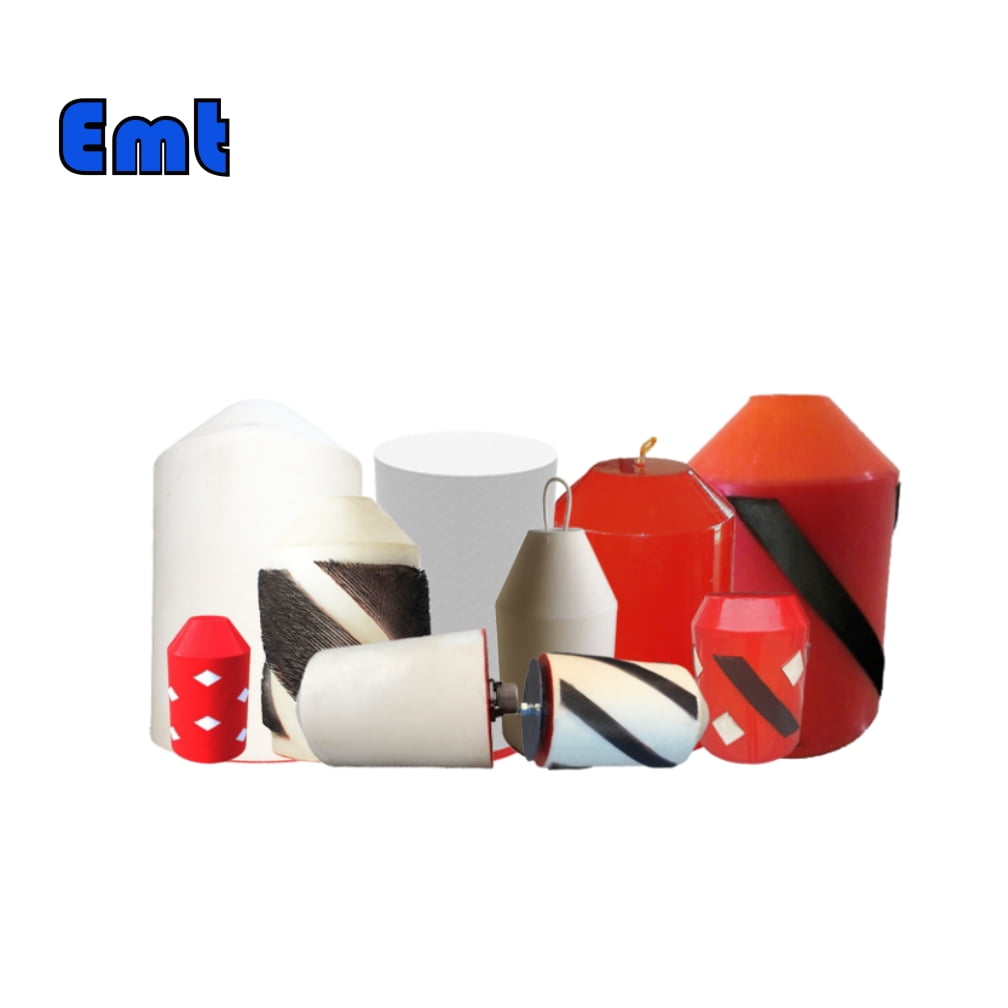
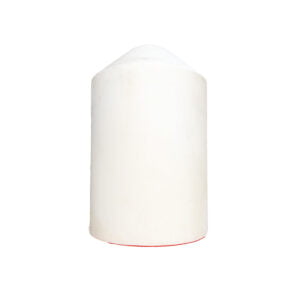
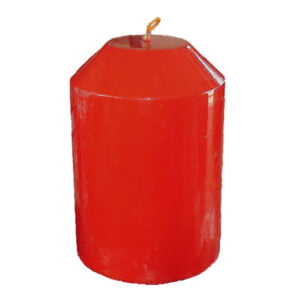
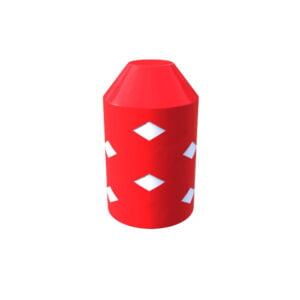
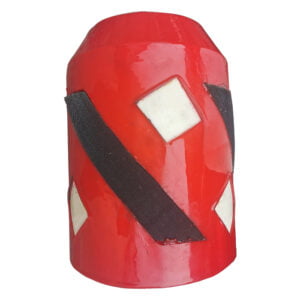
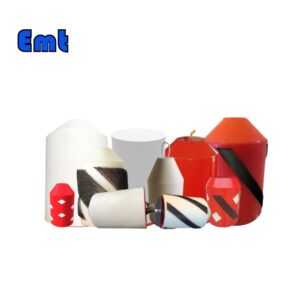
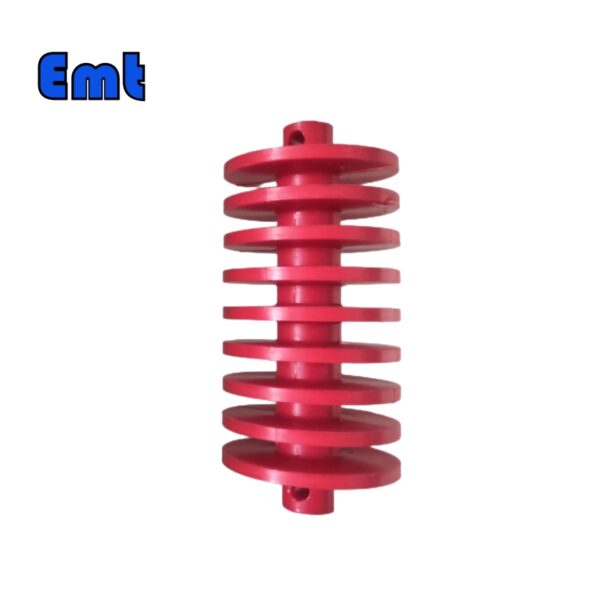

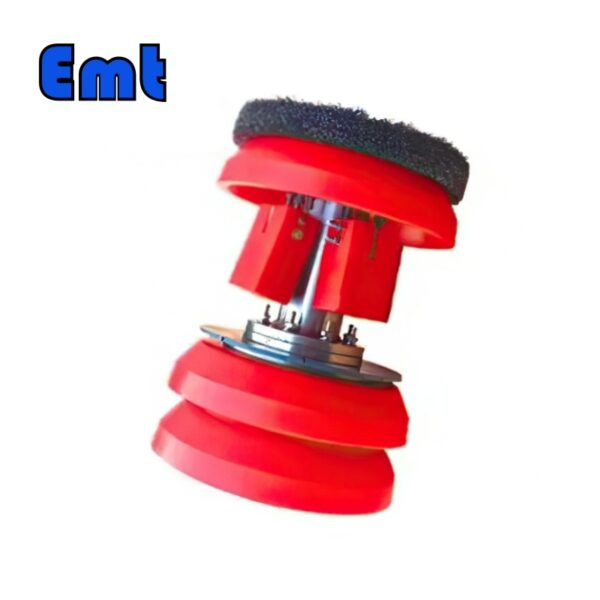
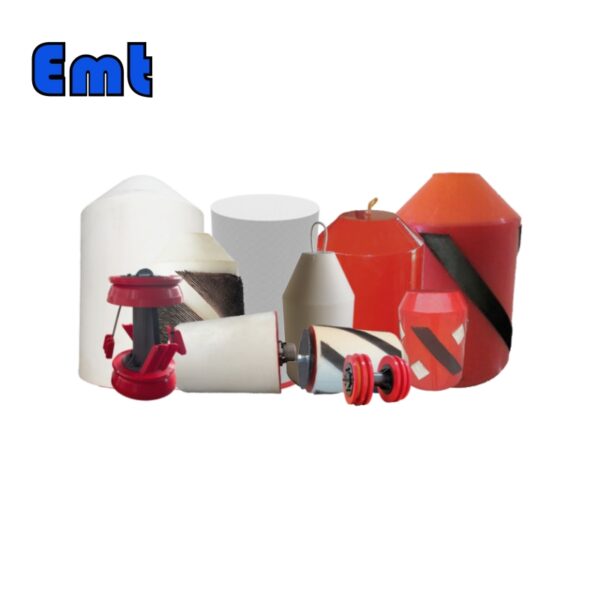
Reseñas
Aún no hay reseñas.